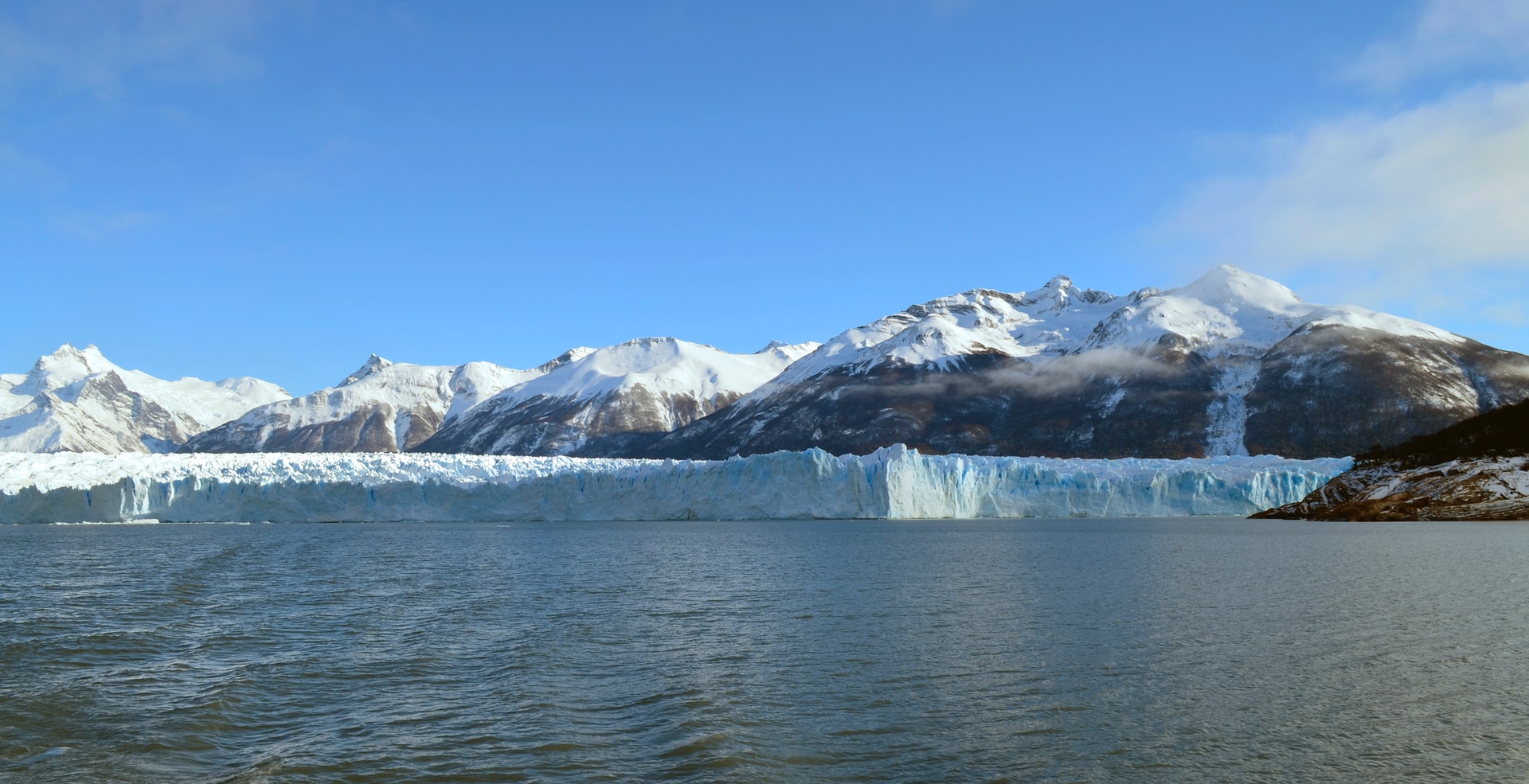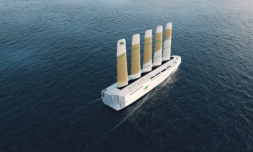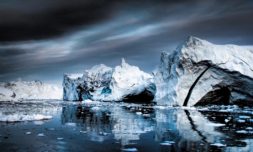Scientists warn that glaciated landscapes should be looked at ‘with the same kind of glasses’ as active volcanoes.
A group of concerned scientists penned an open letter to the Alaska Department of Natural Resources this May regarding a potentially catastrophic situation brewing in the Prince William sound area on the Alaskan coast.
Analysis of satellite imagery suggests that a large glacier is retreating from a rock escarpment at a rate accelerated by warming weather. If the rock face were to suddenly give way, a tsunami hundreds of metres tall would be triggered.
The fragile glacier in question is known as the ‘Barry glacier’, above which a slow landslide has been taking place over the last few decades. This has led to a phenomenon called ‘glacial retreat’ – nothing to worry about in itself, but were the activity in the region to speed up dramatically, as satellite imagery indicates it has, then the Barry glacier could come crashing into the ‘Barry arm’ bay area with alarming force.

The scientists wrote ‘We, a group of scientists with expertise in climate change, landslides, and tsunami hazards, have identified an unstable mountain slope above the toe of Barry Glacier in Barry Arm… that has the potential to fail and generate a tsunami… We believe that it is possible that this landslide-generated tsunami will happen within the next year, and likely within 20 years.’
If these sobering predictions are correct, then the potential wave caused by the Barry Glacier would release ’16 times more debris and 11 times more energy’ than Alaska’s 1950 Lituya Bay landslide and mega-tsunami, often thought to have been the tallest tsunami in modern record at 524 metres high.
‘Slopes like this can change from slow creeping to a fast-moving landslide due to a number of possible triggers,’ the May report explains. ’Often, heavy or prolonged rain is a factor. Earthquakes commonly trigger failures. Hot weather that drives thawing of permafrost, snow, or glacier ice can also be a trigger.’

Whilst the Prince William Sound area is not populated by any permanent settlements, with the closest city being Anchorage 60 miles east, the area is often crawling with tourist boats and recreational cruises in its busy season.
This is yet another example of the damage human impact has had on the natural harmony of the ecosystems that sustain us. This report suggests that the impacts of rapid glacial retreat as the climate artificially warms may render frozen landscapes as hazardous to humans as volcanoes in the future.
‘It’s really pretty terrifying’ geologist Bretwood Higman told The Guardian’. ‘Maybe we’re entering a time now where we need to look at glaciated landscapes with the same kind of glasses’ with which we view other imminent geohazards.

















